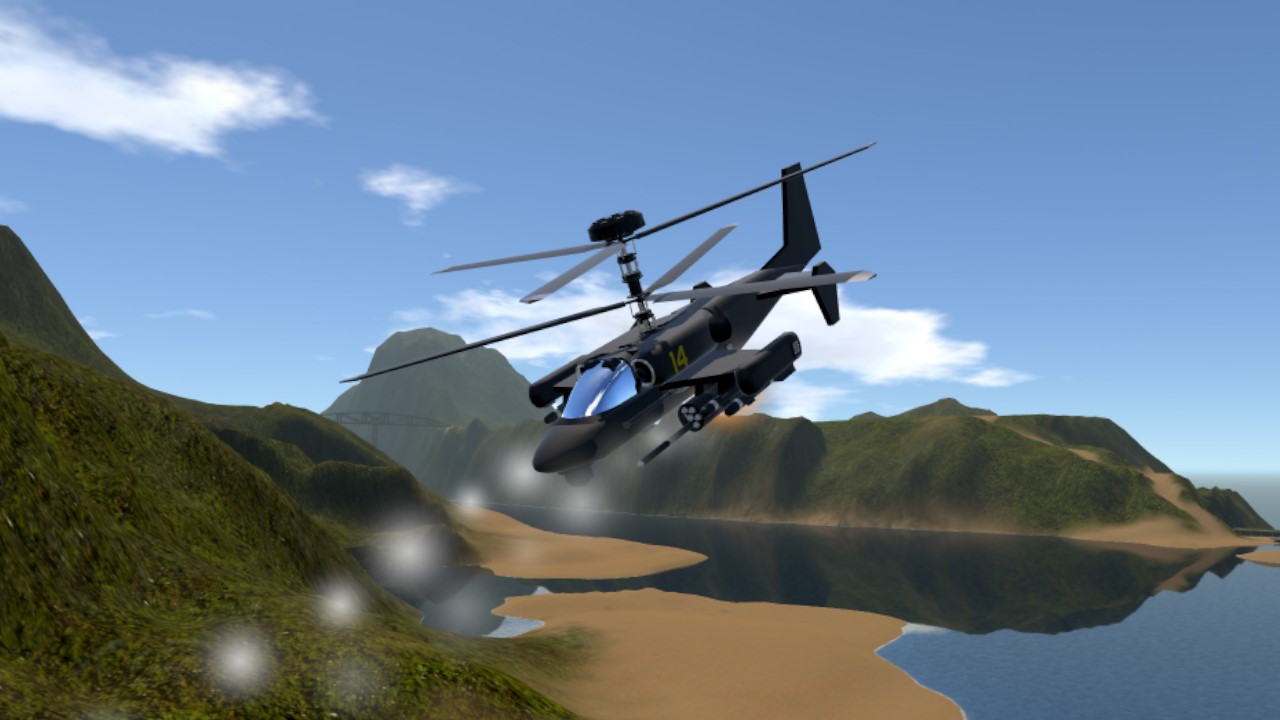AG1:Anti crash protection system
AG2:Spatial anchor
AG6:Jettison rocket pod
AG7:Jettison missiles
The entire text is purely fictional
In 1985, International Precision Flight Company encountered a serious financial crisis. If the company is unable to produce aircraft that can achieve success in the international arms market, it will face the risk of being acquired. In the same year, the company's research institute launched the "Light Advanced Armed Helicopter" project, requiring the design of a highly maneuverable, medium firepower armed helicopter not exceeding 4 tons, suitable for local wars. The "Tempest" armed helicopter, born in 1993, is a product of this plan.
The "Tempest" uses two self-developed 4TTS turboshaft engines and a coaxial twin rotor power system, ensuring that the helicopter has the best maneuverability in its class. At the same time, it is equipped with advanced battlefield observation radar, high-power fire control radar, electro-optical aiming system, and missile warning system, greatly enhancing the helicopter's situational awareness capability. Carrying 2 rounds of 25mm autocannons with a total of 2000 rounds of ammunition, 4 rounds of air-to-air/ground missiles, and 2 rocket launchers with a total of 14 rounds of ammunition, it is mainly responsible for supporting light infantry for firepower strikes and can also respond to enemy armored units. The aircraft is equipped with a large number of jamming rounds and the latest composite armor, which can withstand small caliber weapon fire and ensure battlefield survival without significantly increasing weight.
The "Tempest" has two highlights: 1. The Anti Crash Protection System (ACPS), which when activated, will blow up the propeller blades and open the parachute, minimizing the damage to the crew caused by the crash. 2. Space anchor, when activated, will anchor the helicopter in its current position, making it convenient for the crew to observe the battlefield or operate weapons.
But the 'Tempest' helicopter was not successful. The awkward positioning of "Tempest" is not particularly prominent in the international arms market, and its various parameters do not have much advantage among its peers. The anti crash protection system (ACPS) and space anchor, which are flagship configurations, have also been proven to have defects. Even worse, the uneconomical price and troublesome maintenance have deterred many potential buyers.
In the end, only about 100 units of the "Tempest" were produced and over 80 were purchased, without even being able to recoup the cost. The international precision aircraft company that was hit by this was also acquired by other companies before the millennium.
Specifications
Spotlights
- PrussianAirWorks 7 months ago
- upperflat 7 months ago
General Characteristics
- Predecessor Aircraft K7.5
- Created On Windows
- Wingspan 25.4ft (7.7m)
- Length 31.8ft (9.7m)
- Height 12.4ft (3.8m)
- Empty Weight 4,590lbs (2,082kg)
- Loaded Weight 7,452lbs (3,380kg)
Performance
- Wing Loading 93.8lbs/ft2 (458.1kg/m2)
- Wing Area 79.4ft2 (7.4m2)
- Drag Points 2802
Parts
- Number of Parts 91
- Control Surfaces 2
- Performance Cost 644





Totally not an Alligator